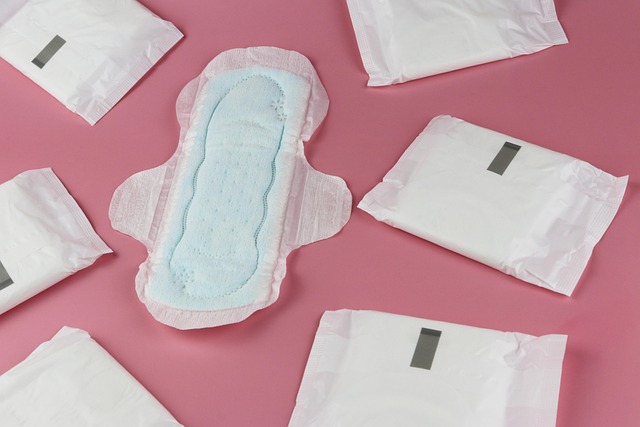By Tim Lambert
Some archaeologists think the Ancient Egyptians made tampons from the papyrus plant, but that is debated.
In the Old Testament, a menstruating woman was regarded as ‘unclean’ for 7 days. (Leviticus 15:19-30). The Bible also mentions a menstrual cloth (Isaiah 30:22). In the Ancient World, menstrual cloths were the usual way of dealing with menstruation.
In the early 5th century AD, a woman named Hypatia lived in Alexandria, Egypt. She was an astronomer and mathematician. According to legend, she once put off an unwanted suitor by throwing a menstrual cloth at him.
For centuries, women in Europe used menstrual cloths that could be washed and reused.
At the beginning of the 20th century, tampons were used for medical reasons. They were made by nurses and contained antiseptics. Tampons were used to treat infections rather than for menstruation.
The tampon, with a paperboard applicator, was invented by Dr. Earle Haas in 1929. (Paperboard applicators were later replaced by plastic). He patented his invention in 1931. A woman named Gertrude Tendrich purchased the patent in 1934, and in 1936, the new tampons went on sale using the name Tampax. Tampons became more popular during the Second World War because women worked physically hard in factories while men were away fighting.
In 1945, a German woman named Dr Judith Esser-Mittag invented a non-applicator tampon. It was called a digital tampon because it was inserted by a finger or digit.
At first, advertising tampons had to be very discreet. They were advertised in magazines, but not on the radio or TV. In the USA, it was not until 1972 that the National Association of Broadcasters removed a ban on advertising tampons and sanitary pads on radio and TV. It was not until 1985 that the word period was first spoken on American TV in an advert.
During the 19th century, women still used homemade menstrual cloths. However, in the late 19th century, pads went on sale, for those who could afford them, together with devices to hold them in place. But during the First World War, nurses in France realised bandages made of pulped wood absorbed blood more efficiently than lint ones. They began using cellulose bandages as menstrual pads. In 1918, Kotex began selling disposable pads.
The first menstrual cups were sold in the 1930s but were not commercially successful. The first successful menstrual cup was a latex rubber one that went on sale in 1987. In Britain, the first silicone menstrual cup was introduced in 2001. Period panties became available in the 1990s. They have become increasingly popular in recent years.
Menstrual Hygiene Day is 28 May.
The Science of Menstruation – A YouTube video by Dr Jen Gunter

Last Revised 2025